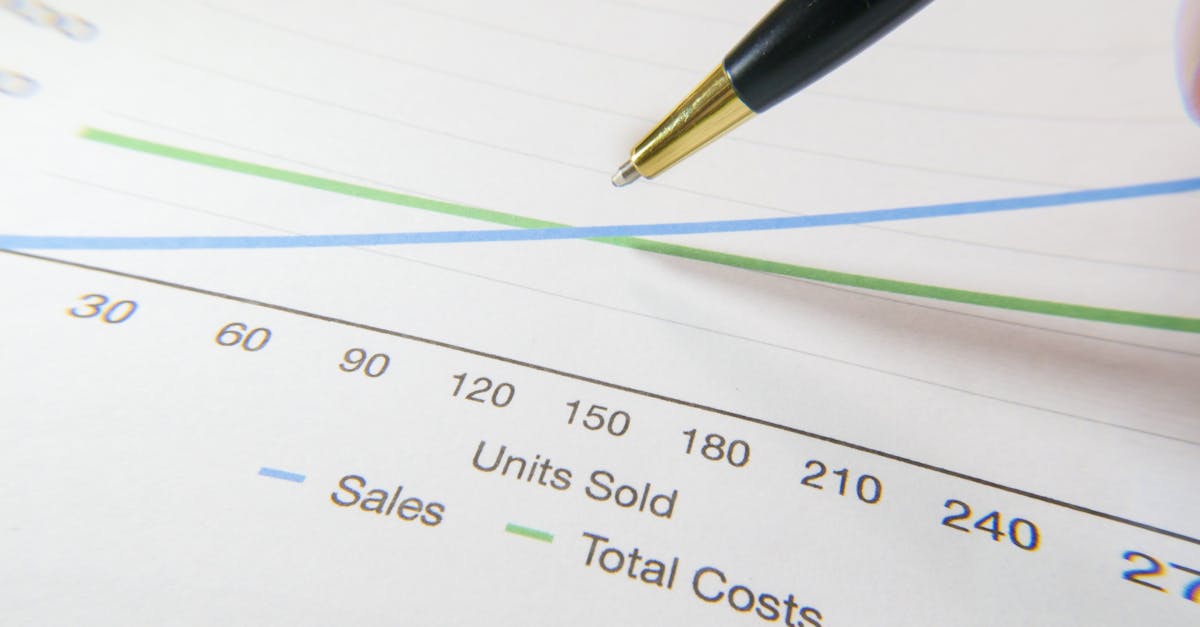Alaska might be known for its stunning landscapes and wild adventures, but it’s also a land of economic twists and turns that could rival any reality TV drama. From oil booms to the rise of tourism, the Last Frontier has seen its fair share of economic trends that keep both residents and analysts on their toes.
Table of Contents
ToggleOverview of Alaska Economic Trends
Alaska’s economy has experienced significant fluctuations due to its reliance on natural resources. Oil production dominates the state’s economic activities, contributing around 80% of state revenue. In recent years, changes in global oil prices impacted revenue streams, leading to budgetary constraints.
Tourism also plays a crucial role, with over 1.85 million visitors in 2019, generating approximately $3.7 billion in revenue. The growth of ecotourism and adventure travel creates new opportunities for local businesses. Expansion in the cruise industry draws attention, with an increase in port visits throughout the summer months.
Fishing remains vital, with the commercial fishing industry valued at $5.3 billion in 2020. Salmon, crab, and halibut are some of the key species contributing to Alaska’s fishing revenue. Sustainable fishing practices are gaining traction, catering to consumer demand for responsibly sourced seafood.
Additionally, the mining sector represents a significant component of economic activity. Alaska boasts abundant mineral resources, including gold, silver, and copper. Enhanced extraction technologies enable more efficient access to these resources.
Employment figures demonstrate gradual recovery from economic downturns, with the unemployment rate falling to 6.2% in September 2021. The state’s labor market displays resilience, with job growth observed in healthcare, construction, and education sectors.
Investment in renewable energy is rising, driven by a commitment to sustainability and climate resilience. Strategies include wind, solar, and hydroelectric projects aimed at reducing dependence on fossil fuels. The economic landscape will continue to evolve, influenced by resource management, innovative industries, and demographic shifts.
Key Industries Impacting the Economy
Alaska’s economy thrives on specific industries that drive growth and employment opportunities. The oil and gas sector and the tourism industry stand out as key contributors.
Oil and Gas Sector
The oil and gas sector significantly influences Alaska’s economy, generating about 80% of state revenue. Oil production primarily comes from the North Slope, where advanced extraction technologies enhance efficiency. Recent fluctuations in global oil prices directly impact state budgets and investment allocation. While Alaska has faced revenue challenges due to price volatility, it remains committed to sustainable development. A focus on innovation and exploration aims to stabilize revenues and secure future growth within this essential industry.
Tourism Industry
Tourism serves as a critical pillar of Alaska’s economy, attracting around 1.85 million visitors in 2019 and generating nearly $3.7 billion in revenue. Ecotourism and cruise tourism continue to grow, appealing to those seeking unique experiences. Visitors often explore Alaska’s natural beauty, including national parks and wildlife. The state invests in infrastructure to accommodate increased tourist traffic, enhancing accessibility and experiences. Continuous investment in marketing campaigns promotes Alaska as a premier travel destination, supporting a vibrant economy reliant on this flourishing sector.
Employment and Labor Market Conditions
Employment in Alaska continues to experience fluctuations, influenced by various sectors. Trends show gradual recovery from economic challenges, marked by a drop in unemployment rates.
Job Growth and Unemployment Rates
Job growth focuses on key industries such as healthcare, construction, and education. As of September 2021, the unemployment rate stands at 6.2%. A robust emphasis on skill development supports sustained employment opportunities. Their adaptation to changing demands enhances job participation across diverse fields.
Workforce Demographics
Alaska’s workforce boasts a rich blend of demographics, reflecting cultural diversity. A significant portion comprises Indigenous populations and residents from various backgrounds. Gender distribution indicates a balanced representation in several industries. The state promotes policies ensuring equitable access to job opportunities for all residents. Local educational institutions foster workforce readiness through tailored training programs.
Economic Challenges and Opportunities
Alaska’s economy faces numerous challenges and opportunities shaped by diverse factors. Understanding these elements reveals insights into the state’s future.
Regional Disparities
Regional disparities significantly affect economic stability in Alaska. Urban areas like Anchorage and Fairbanks typically enjoy better infrastructure and job opportunities. In contrast, rural and remote communities experience high unemployment rates and limited access to essential services. The state’s vast geography exacerbates these challenges, creating discrepancies in access to resources, education, and healthcare. Investment in community development initiatives aims to bridge these gaps, empowering local economies and enhancing quality of life.
Impact of Climate Change
Climate change poses substantial risks to Alaska’s economy. Rising temperatures affect traditional industries, such as fishing and tourism, as changing ecosystems disrupt established patterns. Thawing permafrost damages infrastructure, resulting in costly repairs and maintenance. However, these challenges also bring opportunities for innovation in renewable energy and sustainable practices. As the state adapts, investments in climate resilience initiatives can protect livelihoods while fostering economic growth. Balancing conservation efforts with economic development becomes crucial in navigating this evolving landscape.
Future Outlook for Alaska’s Economy
Alaska’s economic future hinges on emerging sectors and effective policy initiatives. The state evolves, adapting to new opportunities while addressing existing challenges.
Emerging Sectors
Technology and renewable energy emerge as critical sectors in Alaska’s evolving economy. Increased investment in clean energy sources supports sustainability efforts, positioning the state as a leader in innovation. Additionally, advancements in transportation and telecommunications enhance accessibility, benefiting tourism and remote communities. The growth of telehealth services in healthcare broadens access, improving public health outcomes. Furthermore, local startups and entrepreneurs drive economic diversification, creating job opportunities outside traditional industries. These developments hinge on fostering a supportive environment, encouraging businesses to thrive.
Policy Recommendations
Policy initiatives should focus on workforce development and equitable access to resources. Strengthening job training programs addresses skill gaps, ensuring workers are equipped for demanding industries. Supporting infrastructure projects also enhances connectivity, particularly in rural areas, allowing for economic growth. Incentives for renewable energy investments can attract businesses while promoting sustainability. Collaborating with Indigenous communities ensures inclusive economic development, preserving cultural heritage. Emphasizing adaptable policies fosters resilience against climate change and economic fluctuations, paving the way for a stable future.
Alaska’s economic landscape is poised for transformation as it adapts to both challenges and opportunities. The state’s reliance on natural resources continues to shape its growth trajectory while emerging sectors like technology and renewable energy offer new pathways for development.
Investment in infrastructure and workforce training will be crucial for ensuring equitable access to resources, particularly in rural areas. As Alaska navigates the complexities of climate change and economic fluctuations, a commitment to sustainability and innovation will be vital for fostering resilience.
With a diverse workforce and a focus on inclusive development, Alaska’s future holds promise for both its residents and its economy.



